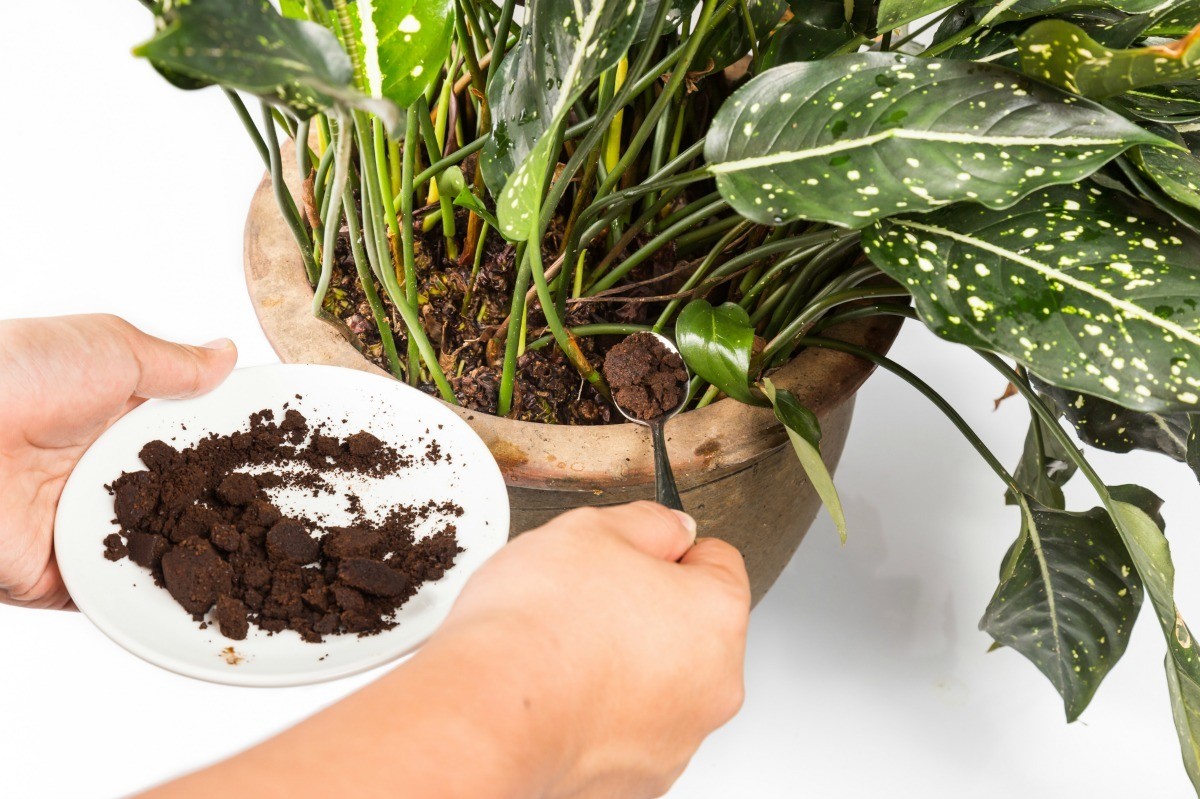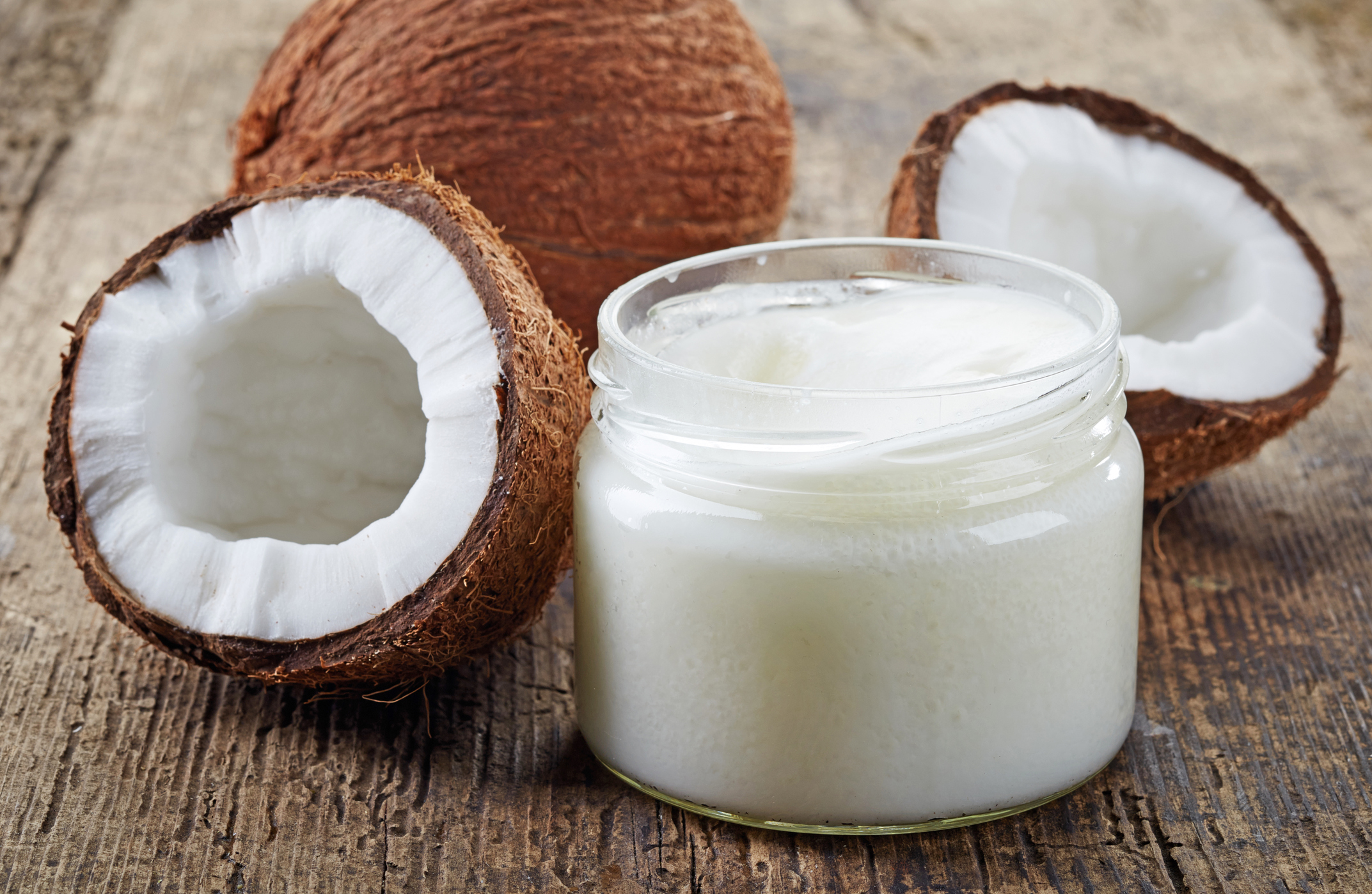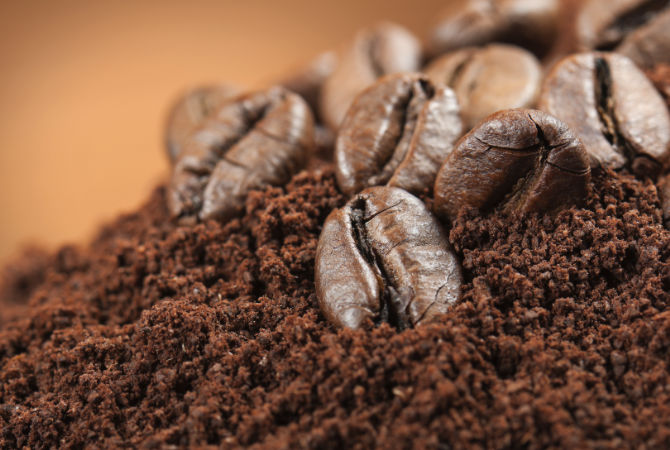Now that we are fully into week two of the Movement Control Order, it’s likely that a lot of people are rediscovering the pleasures, born out of necessity, of preparing much of their own food and beverages at home. Many are still practising their morning coffee routine, but now at home, rather than at the office, a café, or a local kopitiam. So a question suddenly arises: What to do with all those used coffee grounds? You might be surprised at just how useful they can be.
We’ve rounded up a few great uses for your leftover grounds after you enjoy your morning cuppa.

Eliminate unpleasant odors.
Even people who don’t particularly like coffee still admit they like the way it smells. Though used grounds don’t pack the same aromatic punch, of course, they are rich in nitrogen, which makes them an effective odor absorber. Dumping out the coffee grounds in your kitchen trash certainly works to absorb the unpleasant smells there, but you can also pour the grounds into an open container and place it in the back of your freezer or cupboard to help neutralize unpleasant odors there, too. Another great use for smokers is adding a layer of coffee grounds to the ashtray.
Fertilize your garden.
Not only replete with nitrogen, coffee grounds are also a good source of other minerals like potassium, calcium, magnesium, and phosphorus, all of which are necessary for good plant growth. Sprinkling mineral-rich coffee grounds in your garden’s soil (or potted plants) will definitely have a positive impact and will provide a welcome assist for those of us not blessed with a green thumb. Coffee grounds are also a great ingredient to add to your compost container, if that’s something you maintain.

Remove grease and oil from your hands.
Washing your hands is all the rage now, and let’s be upfront: we aren’t suggesting that you use coffee grounds as a substitute for soap and water. But if you have greasy or oily hands, a fistful of coffee grounds with a few drops of liquid soap works absolute wonders! The enzymes left in the grounds help the soap break down the lipids and fats of the grease more effectively, while the tiny particles offer plenty of surface area for those released molecules to cling to, and subsequently be rinsed away.

Repel insects.
Unlike humans, insects do not love coffee, as some of the compounds found in coffee are unpleasant or event toxic to them. So to keep your favourite outdoor areas bug-free, sprinkle coffee grounds around the perimeter, or if you’re like us and don’t want coffee grounds scattered all over the place, make little sachets to hang or just place a few spoonfuls of grounds in a decorative container.
Use as a natural exfoliant.
We aren’t fans of store-bought exfoliating body scrubs packed with millions of tiny plastic microbeads, which too many products have been known to use. Some do utilise natural ingredients as an abrasive agent (like ground nut shells or finely crushed apricot pits), but if you’ve got used coffee grounds, you already have an ideal product on hand. Dermatologists recommend mixing a handful of grounds with jojoba or coconut oil, then massaging it into your skin. Dead cells are scrubbed away, the caffeine in the coffee grounds can actually stimulate subcutaneous bloodflow, and the oil and coffee combine to leave skin soft, supple, and hydrated. A quick search on the Internet reveals plenty of coffee scrub recipes, so now is a fine time to get creative!

Reduce dark circles under the eyes.
To decrease those dark circles under your eyes, and add in some anti-ageing effects as well, try this homemade solution. Best made with finely ground used coffee, mix in a little water and partially solidified coconut oil to form a paste. (Just pop the oil in the fridge for a while to solidify it; coconut oil is liquid at or above about 24°C.) Once again, the caffeine in the coffee grounds stimulates blood circulation just beneath the skin, and the antioxidants help fight off free radicals, according to dermatologists.
Use coffee grounds in your cooking.
This might just be our favourite! Even after brewing, the grounds still contain polyphenols, antioxidants, and fibre (and of course caffeine), though all at lower levels. Restaurant chefs and home cooks alike have found coffee grounds to be fairly versatile in the kitchen, so try making your own dry rub for steaks and chicken. One simple recipe brings coffee grounds, sea salt, and brown sugar together, an ideal rub for a nice steak. A dash of cayenne pepper or chili powder adds a bit of smoky heat, or the zest of a lime can add some zing, making it a versatile choice for fish, pork, or chicken. Check the Internet for plenty of tried-and-tested recipes for coffee-based meat and seafood rubs. You’ve got time at home now, so feel emboldened to experiment! You can also add dried, used coffee grounds to some of your baked goods (in limited amounts) – brownies, cookies, or the obvious choice, coffee cake – for a wonderfully rich espresso taste.

So there you have it! If you’ve discovered any other handy uses around the house for used coffee grounds, be sure to let us know!
"ExpatGo welcomes and encourages comments, input, and divergent opinions. However, we kindly request that you use suitable language in your comments, and refrain from any sort of personal attack, hate speech, or disparaging rhetoric. Comments not in line with this are subject to removal from the site. "





















